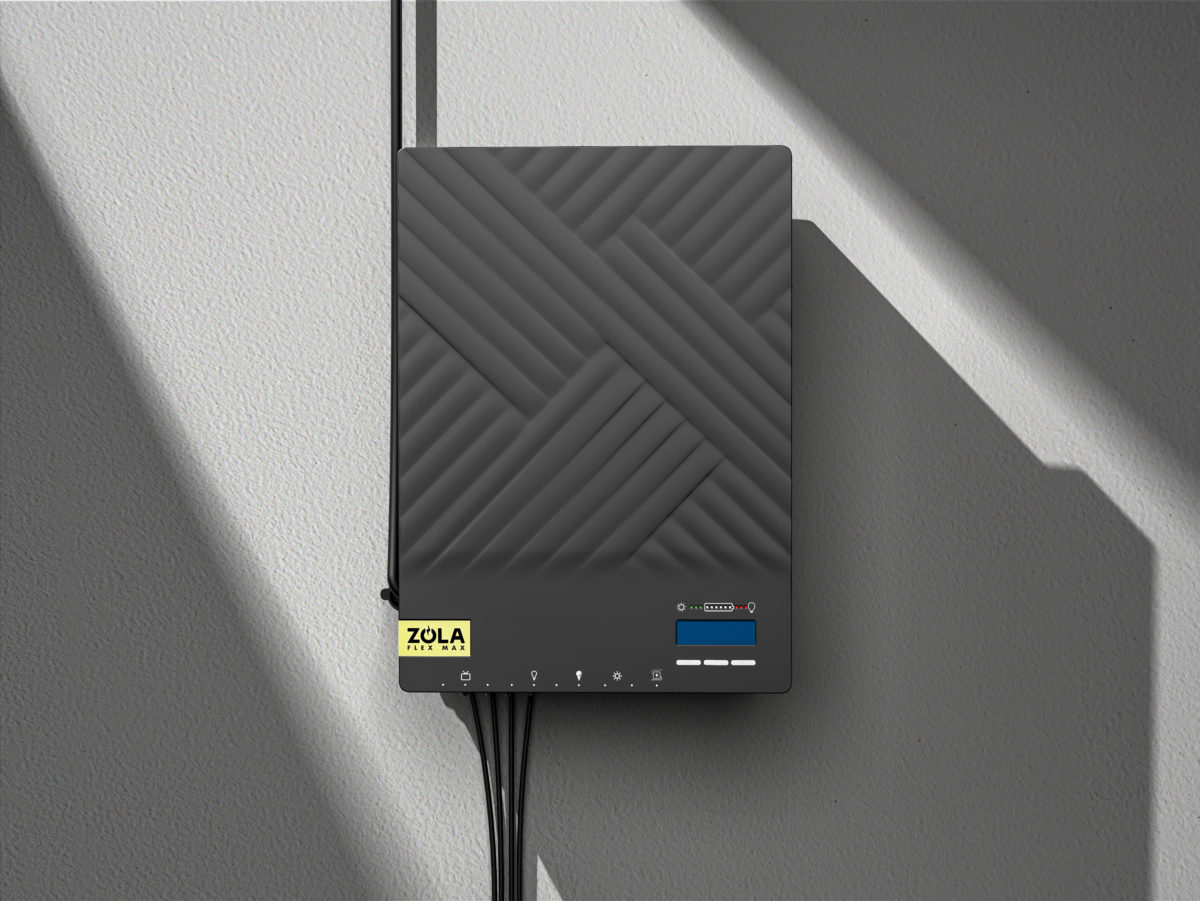Zola Electric, a Dutch tech company operating in emerging markets, has developed a new lithium iron phosphate (LiFePO4) battery for PV rooftop applications in off-grid and peri-urban markets.
“The system is designed in the United States, components are made all over the world, firmware/software is built predominantly in the United States, and all of this is assembled in Malaysia,” Zola CEO Bill Lenihan told pv magazine.
“Flex Max serves homeowners looking to power AC appliances such as refrigeration alongside lights, connectivity, TV, and businesses looking to power productive use products,” Zola said in a statement. “It is an evolution of Zola’s plug-and-play solar and storage hybrid power system Flex … Flex Max’s increased capacity can further power high efficiency AC and DC refrigerators in residential settings, so customers can better store food and minimize spoilage, and extends its application from the domestic to offices and hospitals.”
The Flex Max system has a nominal voltage of 12.8 V and a capacity of 50 Ah or 640 Wh. It can be connected to 240 W solar panels. The battery has a continuous AC power rating of 300 W and a DC maximum power rating of 150. It measures 11 cm x 32 cm x 45 cm, weighs 10 kg, and comes with a five-year warranty.
The new device can charge from both solar and the grid.
Popular content
“The core value of Flex Max is its larger, modular battery and flexibility to leverage both high-efficiency appliances that come with AC as well as infrastructure’s DC systems, so more customers can use existing appliances while benefiting from the versatility of Zola’s DC ecosystem,” said the company.
The Flex Max includes three DC ports for Zola accessories, four lighting ports, two USB ports, and one DC port for a 300 W Zola inverter. The battery has a maximum operating temperature of 40 C. The product’s datasheet does not include the minimum operating temperature. The battery is IEC 62133 certified.
Zola incorporated new financing mechanisms for the device, including a pay-as-you-go model that allows the system to be locked in case of non-payment.
“Crucially, this addresses the lack of traditional energy financing mechanisms in the developing world, combatting the affordability issue for end-users, while also supporting distribution partners,” the company said in a statement.
This content is protected by copyright and may not be reused. If you want to cooperate with us and would like to reuse some of our content, please contact: editors@pv-magazine.com.


640 watt-hours? That’s only the capacity of many e-bike batteries!